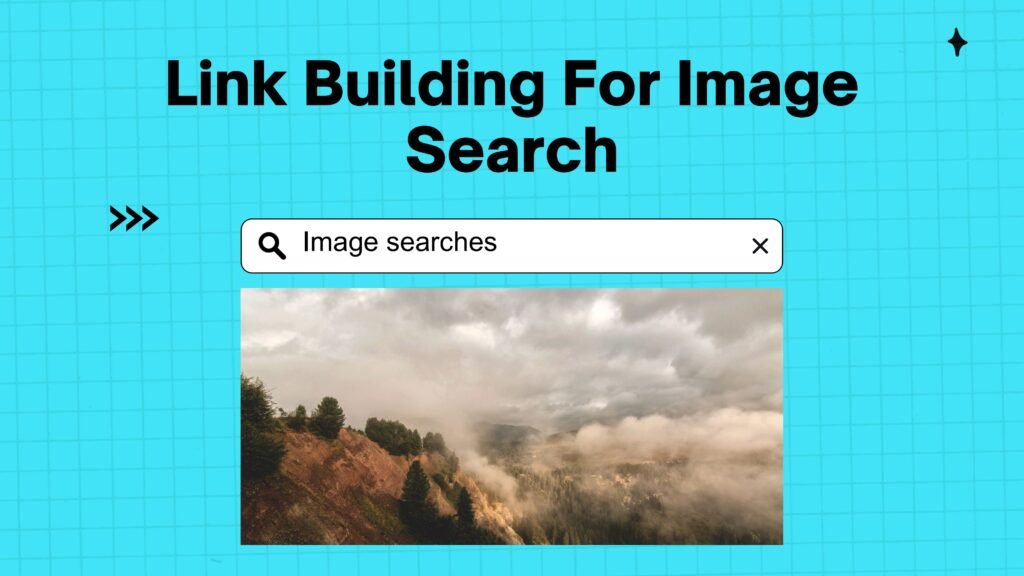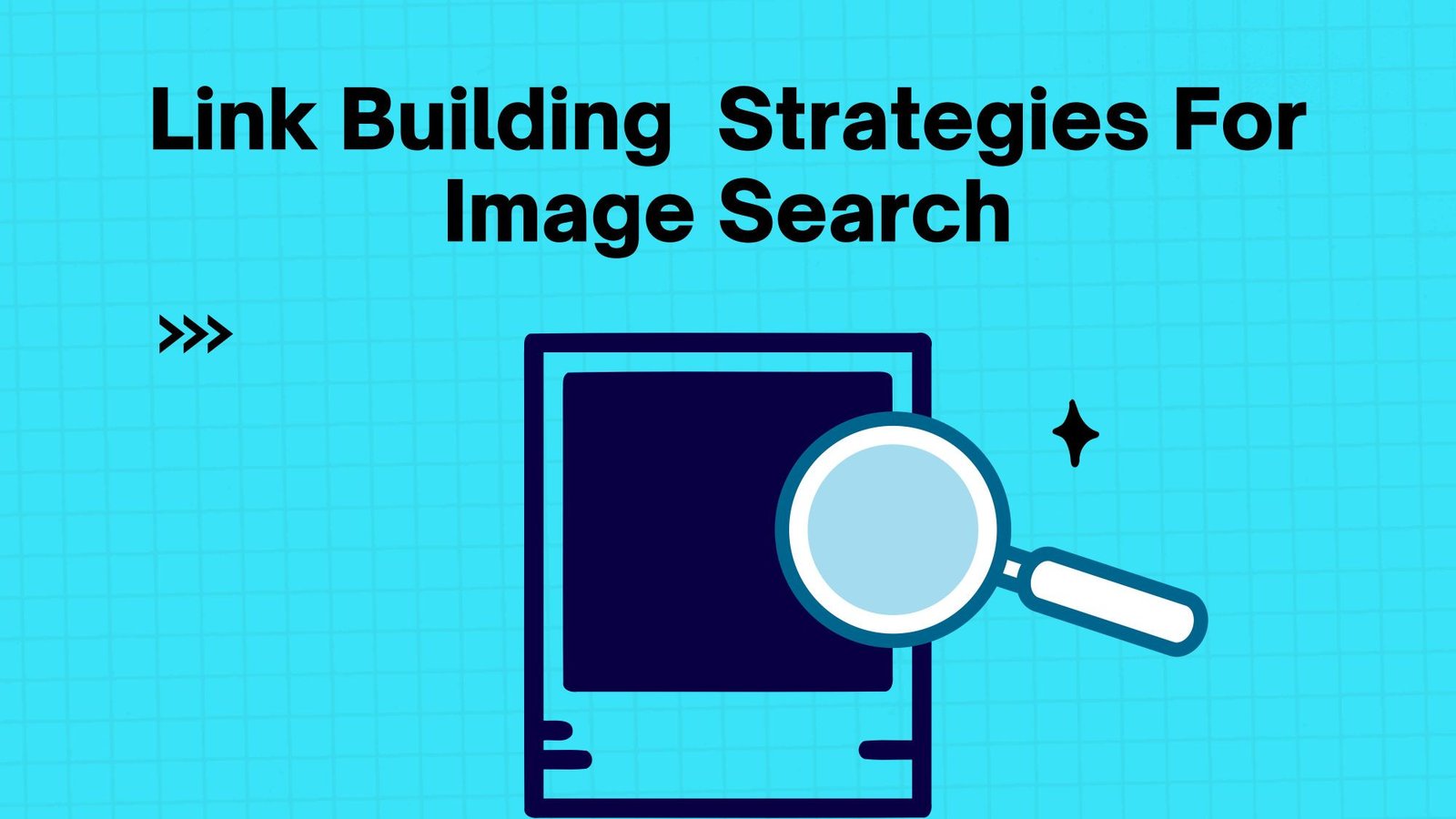
Link building is a cornerstone of search engine optimization (SEO), traditionally focused on enhancing the visibility of text-based content. However, as the digital landscape evolves, so too does the importance of optimizing for image search. With the rise of visual platforms and the increasing use of images in search results, understanding how to effectively build links for image search has become crucial for businesses and marketers aiming to maximize their online presence. This article delves into the strategies and techniques essential for successful link building in the realm of image search, offering insights into how images can be leveraged to drive traffic, enhance brand visibility, and improve overall SEO performance.
In today’s visually-driven world, images are not just supplementary content; they are powerful tools that can significantly influence user engagement and search engine rankings. As search engines like Google continue to refine their algorithms to better understand and index visual content, the opportunity to capitalize on image search has never been greater. This shift necessitates a strategic approach to link building that goes beyond traditional methods, incorporating tactics specifically designed to enhance the discoverability and relevance of images.
Effective link building for image search involves a multifaceted approach that includes optimizing image metadata, utilizing descriptive alt text, and ensuring images are contextually relevant to the surrounding content. Additionally, creating high-quality, original images that resonate with your target audience can naturally attract backlinks from other websites, further boosting your image search rankings. By understanding the nuances of how search engines interpret and rank images, marketers can develop a comprehensive link building strategy that not only improves image visibility but also contributes to broader SEO goals.
As we explore the intricacies of link building for image search, this article will provide actionable insights and practical tips to help you harness the full potential of your visual content. Whether you’re a seasoned SEO professional or new to the world of digital marketing, understanding the dynamics of image search and link building will equip you with the knowledge needed to stay ahead in an increasingly competitive online environment.
Why is Link Building For Image Search Important?
Enhances Visibility in Image Search Results
Link building plays a crucial role in improving your images’ visibility on search engines. When reputable websites link to your images or the pages hosting them, search engines interpret this as a sign of credibility and relevance. As a result, your images are more likely to appear higher in image search results, increasing the chances of attracting organic traffic.
Boosts Overall Website Authority
High-quality backlinks not only benefit your image search rankings but also contribute to your website’s overall authority. A strong backlink profile signals to search engines that your site is trustworthy and valuable, which can positively influence your rankings across all types of searches, including images.
Drives Targeted Traffic to Your Website
Images often serve as entry points for users seeking specific products, services, or information. Effective link building can direct targeted traffic from other websites or platforms directly to your images or related content, increasing engagement and potential conversions.
Supports SEO Strategies for Visual Content
Link building complements other SEO efforts such as optimizing image alt text, file names, and surrounding content. Together, these strategies create a comprehensive approach to making your images more discoverable and appealing to both users and search engines.
Increases Brand Exposure and Recognition
When your images are linked from authoritative sites, it enhances your brand’s visibility. Consistent exposure through backlinks can help establish your brand as a trusted source within your niche, encouraging more users to engage with your content and share your images.
Improves User Engagement and Sharing
Links from relevant websites can encourage users to share your images across social media platforms or embed them in their own content. This organic sharing amplifies your reach and can generate additional backlinks, creating a positive feedback loop for your image search efforts.
Key Benefits of Link Building for Image Search
- Higher rankings in image search results
- Increased organic traffic to your website
- Enhanced website authority and credibility
- Better user engagement and sharing opportunities
- Strengthened brand recognition within your niche
In summary, link building for image search is a vital component of a successful visual SEO strategy. It not only improves your images’ visibility but also boosts your website’s authority, drives targeted traffic, and enhances overall brand presence. By focusing on acquiring high-quality backlinks from relevant and authoritative sources, you can significantly improve your chances of ranking higher in image search results and reaching a broader audience.
Top Strategies For Link Building For Image Search
 Optimizing for image search is a powerful way to drive targeted traffic and increase your website’s visibility. However, effective link building tailored specifically for images requires strategic approaches that go beyond traditional methods. In this section, we’ll explore proven strategies to enhance your image SEO through smart link-building techniques.
Optimizing for image search is a powerful way to drive targeted traffic and increase your website’s visibility. However, effective link building tailored specifically for images requires strategic approaches that go beyond traditional methods. In this section, we’ll explore proven strategies to enhance your image SEO through smart link-building techniques.
1. Create High-Quality, Shareable Visual Content
The foundation of successful link building for images starts with producing compelling visuals that others want to reference and share. Unique, high-resolution images not only attract more attention but also encourage backlinks naturally.
- Invest in original photography or custom graphics: Original content stands out and reduces the risk of copyright issues.
- Create infographics: Infographics are highly shareable because they condense complex information into visually appealing formats.
- Add descriptive alt text: Properly optimized alt tags improve discoverability in both search engines and accessibility tools.
2. Outreach To Relevant Websites & Influencers
Your visual content needs exposure on authoritative platforms within your niche to generate valuable backlinks from reputable sources.
- Email outreach: Identify websites or blogs related to your industry that could benefit from your visuals—then pitch them personalized reasons why sharing your images adds value.
- Sponsor collaborations: If you have unique imagery relevant for campaigns or events, partner with influencers who can showcase it on their channels.
- Blogger guest posts: Create articles featuring embedded high-quality images linking back to yours as part of the content strategy.
3. Use Social Media Sharing as a Link-Building Tool
High-quality images are inherently shareable on social media platforms. Sharing your visuals across networks like Pinterest, Instagram, LinkedIn, and Twitter encourages organic distribution. As users embed or reference your images on their blogs or websites, you naturally gain backlinks. Engaging captions and calls-to-action can further increase shares and citations.
4. Monitor Competitors’ Backlink Profiles
Studying competitors’ backlink profiles offers insight into where they’re earning valuable image-related links. Tools like Ahrefs, SEMrush, or Moz allow you to analyze these profiles, identify potential opportunities, and target similar platforms. This helps you stay competitive and uncover untapped linking prospects.
5. Incorporate Schema Markup for Images
Adding schema markup to your images enhances how search engines interpret and display them. Image schema can lead to better indexing and increased chances of earning rich results. When combined with link building, schema markup helps reinforce image relevance and authority.
6. Regularly Update Your Visual Content Strategy
Your image link-building efforts should evolve alongside your overall content strategy. Regularly refreshing your visuals, updating alt text, and adding new, high-quality images ensures your assets stay relevant and continue to attract backlinks.
Measuring & Analyzing Link Building for Image Search Success
Simply acquiring links isn’t enough — you need to measure their impact to refine your strategy.
Key Metrics to Track
• Referring Domains: The number of unique sites linking to your images.
• Backlink Quality: Domain authority and relevance of linking sites.
• Anchor Text Relevance: How well anchor text aligns with image topics.
• Image Traffic: Visitors arriving via image-related backlinks.
• Conversion Rates: How effectively image traffic engages with your site (e.g., downloads, sign-ups).
Tools for Monitoring
• Google Search Console: Track which images drive traffic.
• Ahrefs / SEMrush / Moz: Analyze backlink profiles and domain authority.
• Screaming Frog SEO Spider: Audit internal linking structures affecting image SEO.
• TinEye / Google Reverse Image Search: Detect where your images are used and identify uncredited placements.
Common Mistakes to Avoid in Image Link Building
1. Ignoring Relevance of Linking Sites
Building links from unrelated or low-quality websites dilutes your SEO efforts. Instead, prioritize links from sites within your niche to strengthen relevance signals and improve rankings.
2. Overlooking Anchor Text Optimization
Using vague or generic anchor text fails to help search engines understand your images’ context. Always aim for descriptive, keyword-focused anchors that naturally fit the surrounding content.
3. Focusing Solely on Quantity Over Quality
Accumulating a large number of low-quality backlinks does little to improve image search rankings and may even result in penalties. Focus on earning fewer, high-quality links from authoritative domains.
4. Neglecting Proper Image Optimization and Attribution
Failing to optimize images or provide attribution details limits your chances of gaining backlinks. Use descriptive file names, alt text, captions, and subtle watermarks to encourage proper credit and enhance discoverability.
5. Ignoring Reverse Image Search Opportunities
Many marketers miss the chance to reclaim links by failing to monitor where their visuals are used online. Regular reverse image searches help you identify unauthorized uses and request proper attribution.
6. Poor Internal Linking Strategies
Isolated images with no contextual links or related content harm both SEO and user engagement. Integrate images meaningfully within content, use descriptive captions, and link them to relevant pages to maximize their SEO potential.
FAQs
What is the importance of link building for image search?
Link building boosts your images’ authority and visibility in search results, leading to higher rankings, more organic traffic, and better brand exposure.
How can I acquire high-quality backlinks for images?
Create shareable visual assets (infographics, charts, original photos), submit to directories, guest post with embedded visuals, and collaborate with influencers who can showcase your work.
Are there specific SEO techniques for image link building?
Yes! Use descriptive anchor text, alt tags with targeted keywords, clean URLs, and schema markup. Ensure your visuals are contextually placed and part of engaging content.
Can social sharing influence image link building?
Absolutely. Engaging visuals shared on social platforms often earn organic backlinks from users, bloggers, and journalists who reference them.
Will general backlinks to my website benefit image search?
While overall site authority helps, targeted backlinks to specific images or image-rich pages produce stronger image search gains.
Final Thoughts
A well-rounded image link-building strategy not only enhances your search rankings but also strengthens your brand’s visual identity. Focus on earning high-quality, relevant backlinks, continuously measure performance, and adapt your tactics to stay ahead in the visual search landscape.
